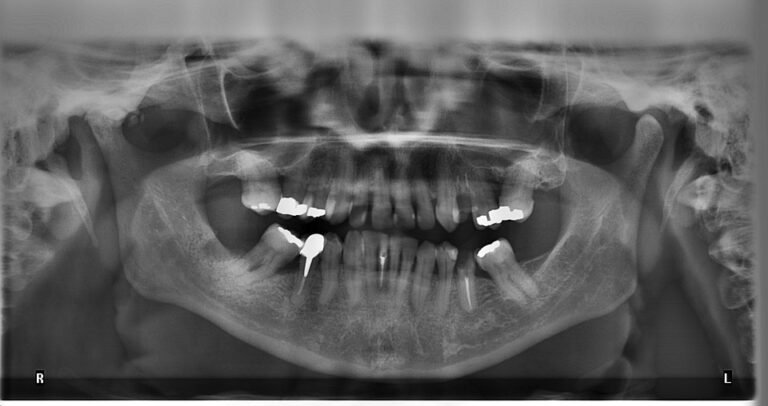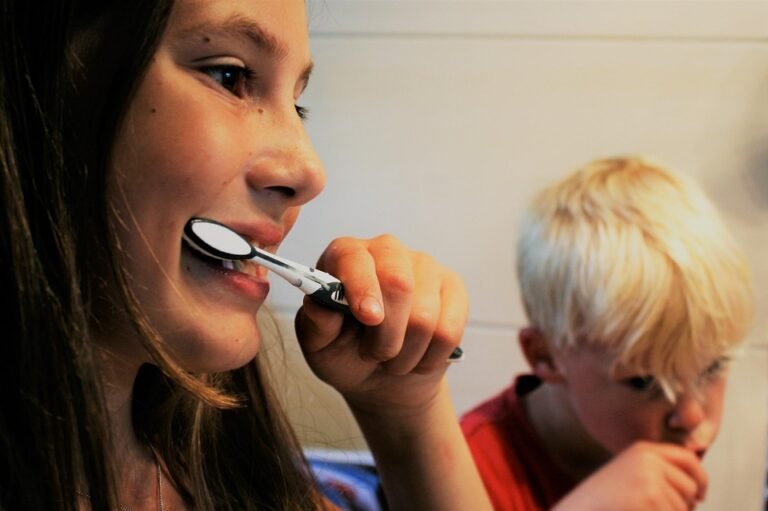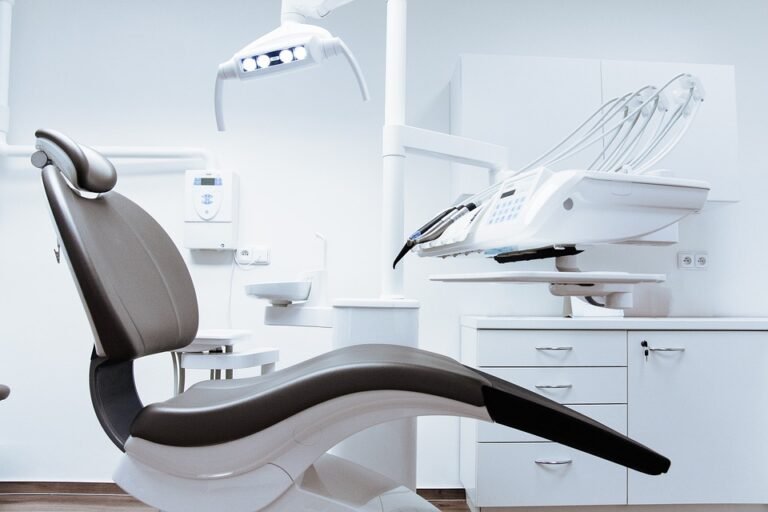What natural structures inspire dental materials
Okay, so I’m working on a research paper for my Biomaterials class, and I’m trying to focus on the biomimicry aspect – how natural structures have inspired the development of better dental materials. I’ve found a few examples, like enamel inspiring some composite materials, but I’m really looking for a deeper dive.
Specifically, I’m interested in:
-
What specific structural features from nature are being mimicked? I don’t just want to know "enamel inspired composites," I want to know what about the enamel structure – the arrangement of hydroxyapatite crystals, the presence of proteins, etc. – is being used as a model.
-
Besides enamel, what other natural structures have influenced dental materials? Are there examples from bone, shells, teeth from different animals, or even something completely unexpected? I’m trying to think outside the box!
-
What dental materials are currently being developed based on these inspirations? Are we talking about hypothetical designs, or are there actual materials on the market or in clinical trials that are leveraging these natural structures?
-
What are the challenges in mimicking these structures? Nature is obviously incredibly complex, so what are the limitations we’re facing in translating these designs into practical dental materials?
- Are there any examples where the bio-inspiration failed or didn’t live up to expectations? It would be helpful to learn from those instances.
I’m hoping to find some good peer-reviewed articles or books on this topic. Any suggestions or insights would be greatly appreciated! Thanks!
Answer
Dental materials science draws significant inspiration from various natural structures, mimicking their composition, organization, and properties to create biomimetic materials that better integrate with and function within the oral environment. These inspirations span a wide range of biological systems, including:
1. Enamel:
- Inspiration: Enamel, the outermost layer of the tooth, is a highly mineralized tissue composed primarily of hydroxyapatite crystals arranged in a highly organized prismatic structure. This arrangement provides exceptional hardness and resistance to wear.
- Application: Dental materials scientists attempt to replicate this prismatic structure in restorative materials like composite resins and ceramics. They try to align reinforcing fillers, such as silica or zirconia, in a similar manner to improve the material’s strength, fracture toughness, and resistance to abrasion. Additionally, research focuses on developing remineralizing agents containing calcium and phosphate ions to mimic the natural process of enamel repair, thereby preventing and reversing early caries lesions. Mimicking the gradient in mineral content, which is denser at the surface, is also a goal.
2. Dentin:
- Inspiration: Dentin, the bulk of the tooth structure, is a composite material consisting of hydroxyapatite nanocrystals embedded in a collagen matrix. This structure provides elasticity and toughness, making it less brittle than enamel. Dentin also contains dentinal tubules, which are fluid-filled channels that contribute to tooth sensitivity and permeability.
- Application: Researchers are exploring the use of collagen-based materials and biomimetic mineralization techniques to create dentin-like restorative materials. These materials aim to bond more effectively to natural dentin and promote the formation of a hybrid layer, which is a zone of interdiffusion between the restorative material and the tooth structure. Furthermore, efforts are underway to develop materials that can occlude dentinal tubules, reducing tooth sensitivity and preventing bacterial ingress. The presence of phosphate is also an important factor for dentin mineralization.
3. Bone:
- Inspiration: Bone is a hierarchical composite material consisting of collagen fibers mineralized with hydroxyapatite. Its hierarchical structure, from collagen fibrils to lamellar bone, provides a combination of strength, flexibility, and resilience. Bone also possesses inherent regenerative capabilities.
- Application: Bone graft materials and implant coatings are often inspired by the composition and structure of natural bone. Synthetic bone substitutes, such as hydroxyapatite and tricalcium phosphate, are designed to mimic the mineral phase of bone and provide a scaffold for new bone formation. Coatings on dental implants are also often designed to promote osseointegration, the process by which bone grows directly onto the implant surface. Research also investigates incorporating growth factors and other bioactive molecules into these materials to enhance bone regeneration.
4. Nacre (Mother-of-Pearl):
- Inspiration: Nacre is a composite material found in the inner shell layer of some mollusks. It consists of hexagonal aragonite platelets arranged in a brick-and-mortar structure, with a thin layer of organic matrix between the platelets. This structure provides exceptional strength and toughness.
- Application: The brick-and-mortar architecture of nacre has inspired the development of layered or laminated dental materials. These materials consist of alternating layers of stiff and ductile materials, designed to improve fracture resistance and prevent crack propagation. This approach is being explored for dental restorations, implant coatings, and bone grafts.
5. Spider Silk:
- Inspiration: Spider silk is a protein fiber known for its exceptional strength, elasticity, and biocompatibility.
- Application: Researchers are investigating the use of spider silk proteins as a component in dental materials. These proteins could potentially be used to improve the mechanical properties of composite resins, enhance the adhesion of restorative materials to tooth structure, and promote tissue regeneration.
6. Chitin/Chitosan:
- Inspiration: Chitin is a polysaccharide found in the exoskeletons of insects and crustaceans. Chitosan is a derivative of chitin that is biocompatible, biodegradable, and possesses antimicrobial properties.
- Application: Chitosan is being explored for use in dental materials as a scaffold for tissue engineering, a drug delivery vehicle, and an antimicrobial agent. It can be incorporated into bone grafts, periodontal membranes, and root canal sealers to promote tissue regeneration and prevent infection.
7. Mollusk Teeth:
- Inspiration: The teeth of certain mollusks, like limpets, are composed of goethite (an iron oxide mineral) embedded in a protein matrix. These teeth are incredibly strong and hard, allowing the mollusks to scrape algae off rocks.
- Application: The extreme hardness and wear resistance of mollusk teeth have inspired research into the development of dental materials with improved durability and longevity. Scientists are exploring the use of iron oxide nanoparticles as reinforcing fillers in composite resins and ceramics.
8. Gecko Feet:
- Inspiration: Gecko feet possess a hierarchical structure of microscopic hairs called setae, which allow them to adhere to surfaces through van der Waals forces.
- Application: The adhesive mechanisms of gecko feet have inspired the development of biomimetic dental adhesives. Researchers are exploring the use of micro- and nano-structured surfaces to improve the bonding of restorative materials to tooth structure.
In summary, nature provides a rich source of inspiration for dental materials science. By understanding the structure, composition, and properties of natural materials, researchers can design and develop biomimetic materials that are stronger, more durable, more biocompatible, and better able to integrate with the oral environment. This biomimetic approach holds great promise for improving the long-term success and functionality of dental restorations, implants, and other dental treatments.





